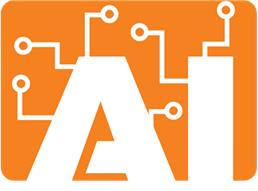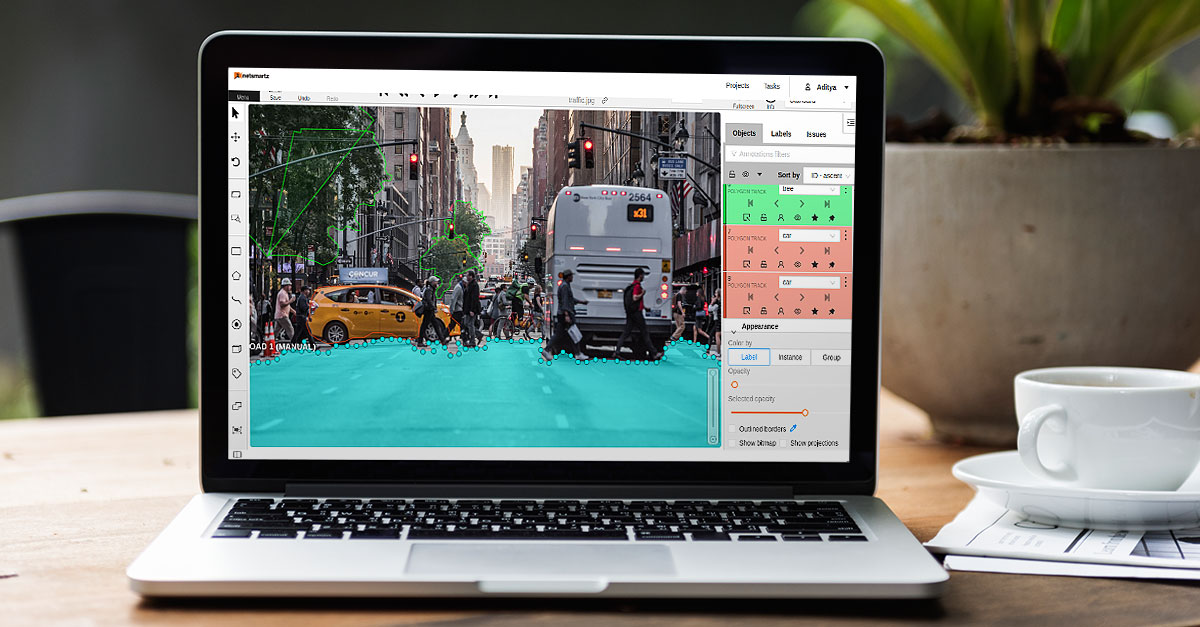Five Points of Reference & Much More…..
Those in the field of Data Science ought to do themselves a favor and be as familiarized as possible with the many evolving trends of image classification. In fact, one source has even said it best in listing five particular research papers that ought to be memorized by all those in the industry. It’s a starting point, no less. And in this blog, we are going to look at some further details surrounding image classification as well…..
Recent Analysis
The first thing we must mention is that convolutional neural networks, on their own, can be a true set of miracle workers, to state the matter plainly : They revolutionize the potential that visual recognition tasks, all in all, can hold. And there is more ; considering the endless hidden layers, not to mention millions of millions of hidden parameters, in terms of what solid ConvNets (convolutional neural networks) can entail, one can’t go wrong. In fact, to add, more hidden layers does not equal a better network or set of networks. Many people, in fact, have got it all wrong.
Many Other Points to Note
ConvNets, case in point, have even been tested and proved highly valuable in outdoing the best of ‘traditional computer vision’ as well. This alone says much. But what is image classification, in the first place?
Image classification simply has to do with a typical 2-model pipeline by which one may most effectively classify any image given (as the name implies). Feature extraction and further classification heavily go ‘hand – in – hand’ here. Yet the current methods and pipelines, for the most part, have held many problems of their own —- in computation, accuracy and other factors…..
A ‘Winning Approach’
A recent winning approach for a major Kaggle competition, and the great bulk of its findings, based on a thorough assessment, have been posted online in full details. Kaggle, first of all, is basically a platform by which numerous competitions may be held, as they relate to predictive analysis and much more.
Anyways, the challenge or ‘task’ in this particular competition was simply to properly note the difference(s) between a crop seedling and a weed, respectively, while also being able to pull the two apart and determine which was which, in the end. The results were beyond fascinating. Read the full article on the link above when you have some time — it’s a good read.
Intuition as Our Guide
Computer vision deep learning processes, for the most part, have all correlated with neural network architectures, especially in these last few years. And over time, multiple “pre – trained models” have been incorporated, as well, including the following :
1.VGG16 2.VGG19 3.ResNet50 4.Inception v3 5.Xception 6.MobileNetThese, as such, had already been built into their libraries. But that is not all. Transfer Learning, as well, has shown to be of infinite value. Source domain – to – target domain integration has been correlated within this.
Conclusion – Final Word
That is the final say on the matter — though image classification has come a long way, it certainly still has a long way to go, in terms of extraction accuracy, computation speeds and so much else. But it is well on its way to perfection, and the modern technology we now hold in our hands today has certainly been a major part of the ‘driving force forward’ for this innovation. Neural networks will remain pivotal to the bulk of any such operation, engrossing many related protocols. Full advancements are coming…..it is, indeed a time of much expected immaculation, especially for those working in the realm of Data Science.
We’re here to make AI work for you.
Talk to our team today and start your AI journey. Whether you have questions about our services, need support, or want to discuss a potential project, our team is ready to help.
Social network
sales@netsmartz.com





